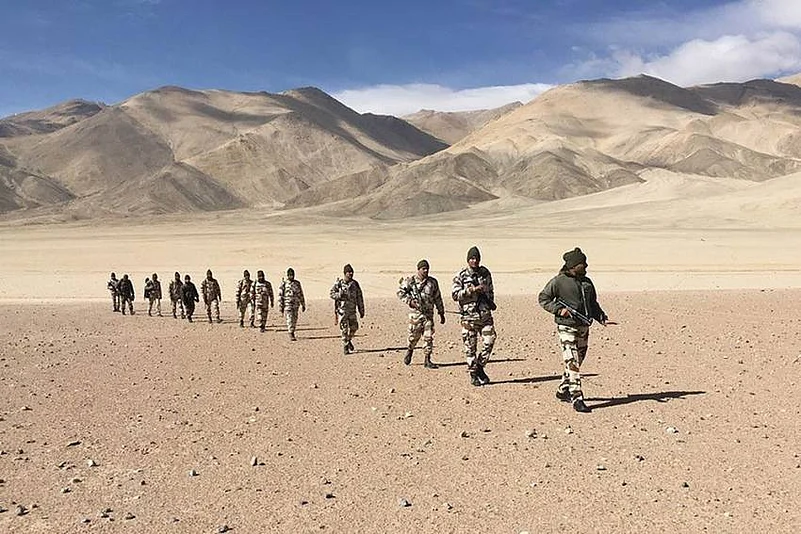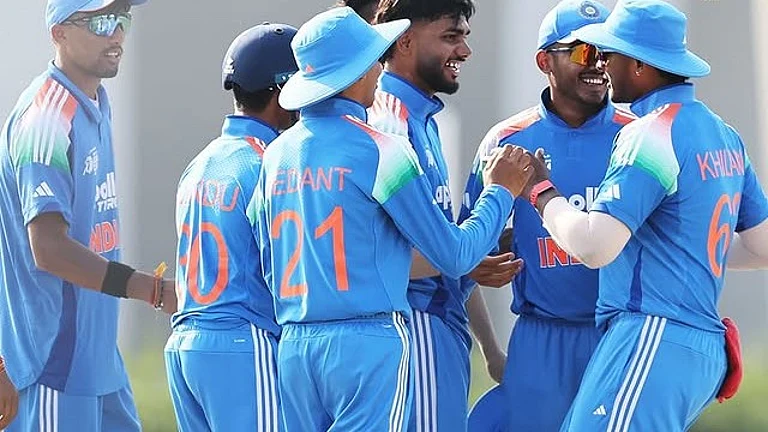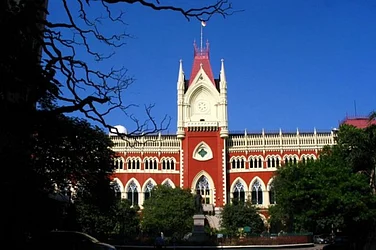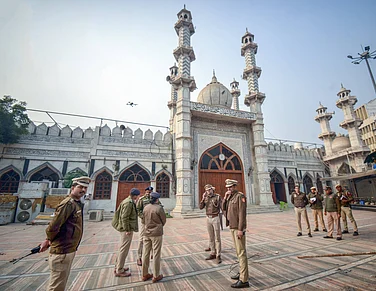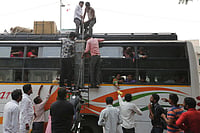At least 20 Indian soldiers were killed in the violent face-off with China in Galwan valley in Eastern Ladakh on Monday night government sources told news agency ANI. The casualty number could further rise, sources told ANI.
Indian intercepts also reveal that Chinese side suffered 43 casualties including dead and seriously injured in the face-off, Sources told ANI.
Reacting to the development, Indian Army said troops of both the countries have now disengaged at the Galwan area where the clashed on the night of 15/16 June.
"17 Indian troops who were critically injured in the line of duty at the stand off location and exposed to sub-zero temperatures in the high altitude terrain have succumbed to their injuries, taking the total that were killed in action to 20. Indian Army is firmly committed to protect the territorial integrity and sovereignty of the nation," Indian Army said in a statement.
The 20 dead soldiers included an Indian Army colonel, officials said.
It is believed to be first such incident along the border with China that Indian armed forces personnel have been killed after a gap of nearly 45 years. Four Indian soldiers had lost their lives in an ambush at Tulung La in Arunachal Pradesh in 1975.
The violent face-off between Indian and Chinese military forces took place along the Line of Actual Control (LAC) in Ladakh region amid heightened tensions over the border dispute between the two countries.
Senior military officials of the two sides are holding a meeting in Galwan Valley to defuse tension.
In an earlier statement, an Indian Army spokespersonn said: "During de-escalation process in Galwan Valley, a violent face-off took place last night with casualties. The loss of lives on Indian side includes an officer and two soldiers. Senior military officials of the two sides are currently meeting at the venue to defuse the situation."
Later, the Army issued a revised statement and said "casualties were suffered on both sides" in "violent face-off" during de-escalation process with China in Galwan Valley.
Chinese foreign ministry spokesman Zhao Lijian said Indian troops crossed the borderline twice on Monday, "provoking and attacking Chinese personnel, resulting in serious physical confrontation between border forces on the two sides"
A large number of Indian and Chinese troops were engaged in an eyeball-to-eyeball situation in Galwan Valley for the last five weeks.
The incident comes days after Indian Army Chief Gen MM Naravane said both sides have begun disengaging from Galwan Valley.
The road in the Finger area in Pangong Tso is considered crucial for India to carry out patrol. India has already decided not to stall any border infrastructure projects in eastern Ladakh in view of the Chinese protests
China and India are “properly handling” and taking actions to ease the situation at the border based on the "consensus" reached recently during their diplomatic and military level talks, a senior Chinese official had said last week.
The Chinese Foreign Ministry spokesperson's remarks came a day after the Indian and Chinese military commanders held "productive" talks to end the border standoff in eastern Ladakh, amid reports of a limited disengagement of troops by both sides from a number of friction points in the high-altitude region.
The situation in the area deteriorated after around 250 Chinese and Indian soldiers were engaged in a violent face-off on May 5 and 6. The incident in Pangong Tso was followed by a similar incident in north Sikkim on May 9.
The India-China border dispute covers the 3,488-km-long LAC. China claims Arunachal Pradesh as part of southern Tibet while India contests it.
(With agency inputs)






